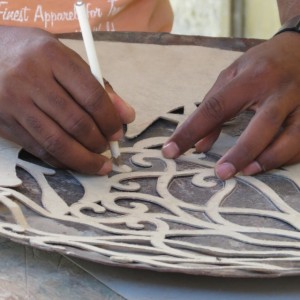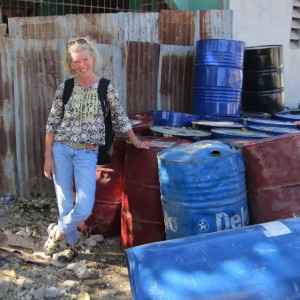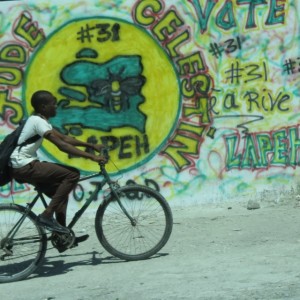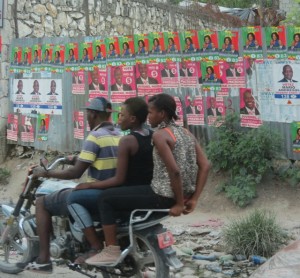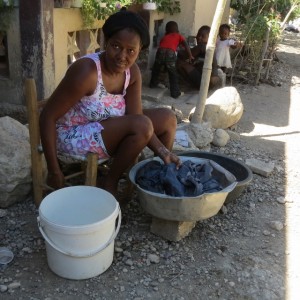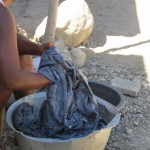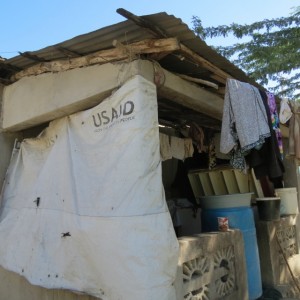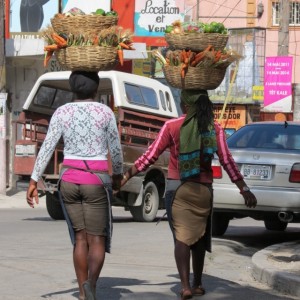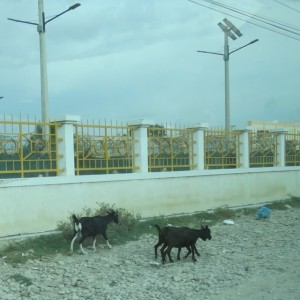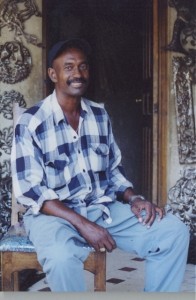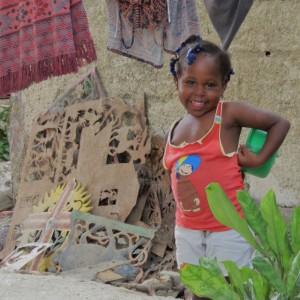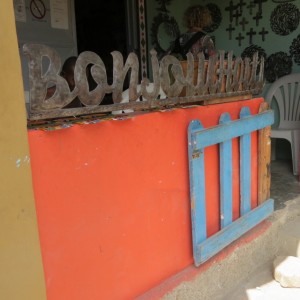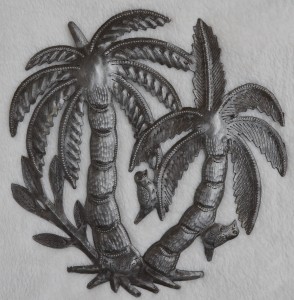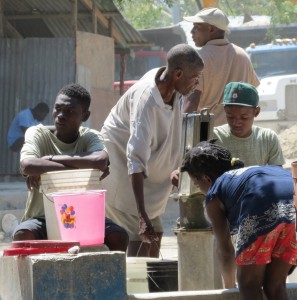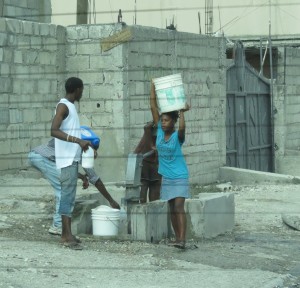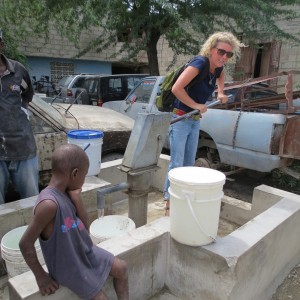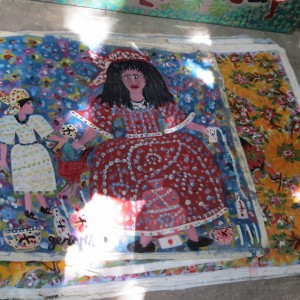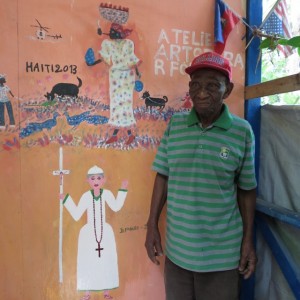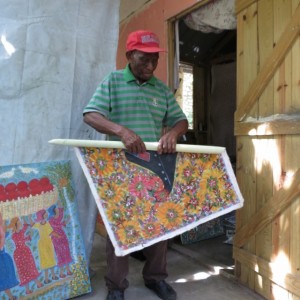Our New Video
During our last trip to Haiti in October, we brought along our favorite filmmaker, Mary Ragsdale, to capture “our Haiti” on video and enable us to share the experience with you. After long hours of shooting and even longer hours of editing, she has come through for us in a big way. We are so pleased!
Set to an a cappella Haitian folk tune, the film opens with a stroll down the main street of Croix-des-Bouquets. A counter-melody to the song is the unmistakable syncopation of hammers ringing out against steel. From the street, the viewer is lead into several of the artist’s workshops and introduced to the artists themselves by our business partner, Roody Soulouque. Inside the shops, sculptures hang in wondrous array and the artists demonstrate the skill of their craft. Watch and see how the designs are drawn with chalk pencils onto the metal, then cut with chisels, sanded smooth, and finished with a weather-coating.
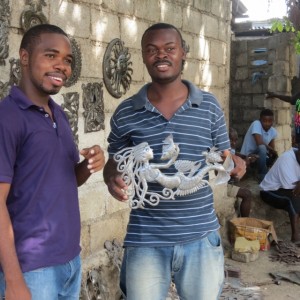
In the video, Roody Soulouque translates for Bernard Excellent, as Bernard tells the story behind, “Mermaid Talking with Fish.”
Maybe you’ve been around us long enough to know the story of the artistic process. You’ve seen our photos at shows and in pamphlets and information cards. Maybe you have it all perfectly focused in your mind’s eye. But there is a story within the story. Notice the smaller details captured by Mary’s lens: the warm greetings, the easy smiles, and above all, notice the pride. As one of the artists, Jean Claude Soulouque, says as he holds up his one of his best-selling sculptures, “I have seen this. I have seen it. It is from my ancient fathers, and that is what I do.” It is the family business, handed down from one generation to the next for nearly 60 years.
And did you see all of the collared shirts on the men? Mary captured those as well; clean, pressed, and hastily pulled on just as we arrive. Probably their best shirts, likely reserved for occasions of note. Best foot forward. That too, is pride.
At risk of saying it one too many times, It’s Cactus is about giving opportunity. Enabling our artists to earn their way, to provide for their families, to be successful, and to take pride in what they do. Mary captured that pride. Look for it in the video and be proud too, that your purchases make a positive impact. It is a pride we can see and pride we can share.
Contributed by Linda for It’s Cactus

